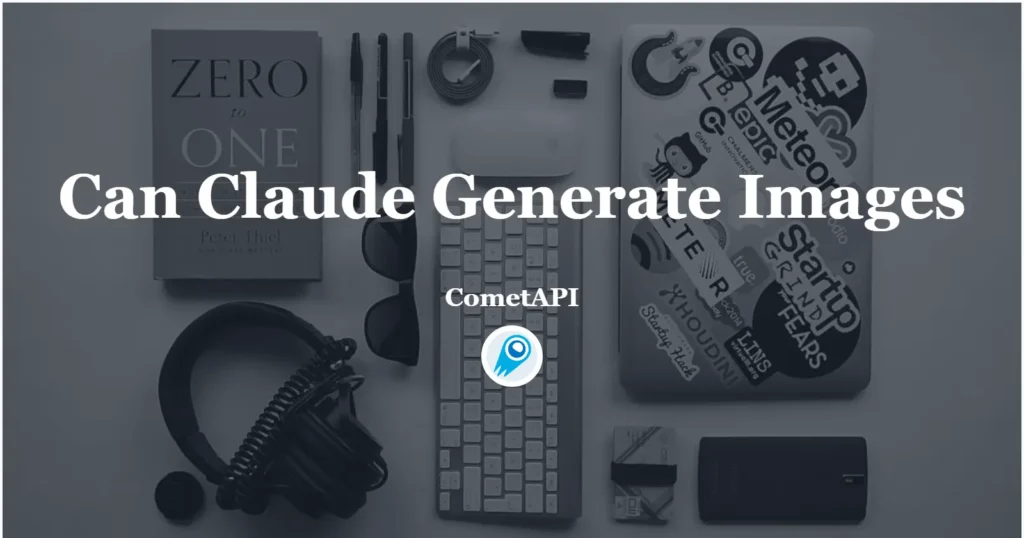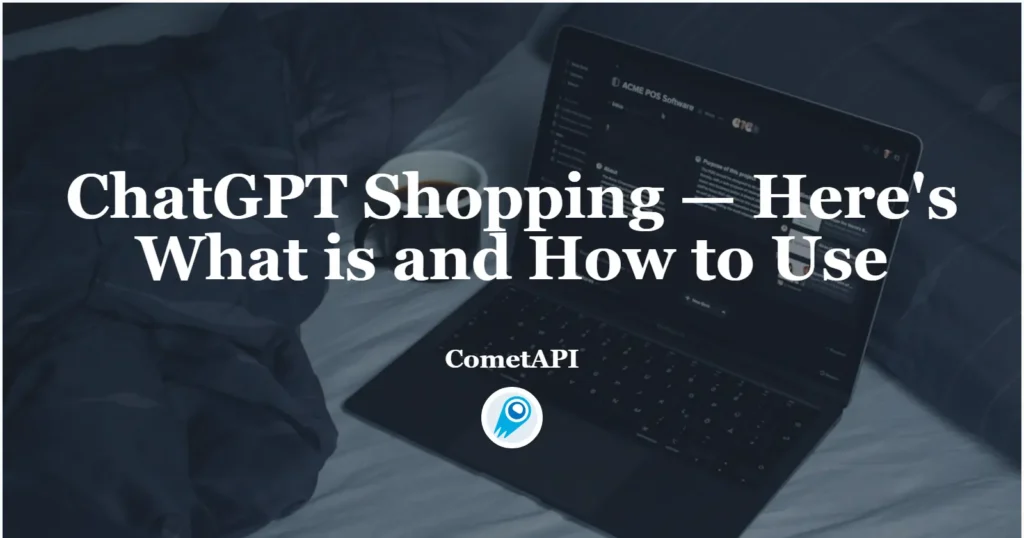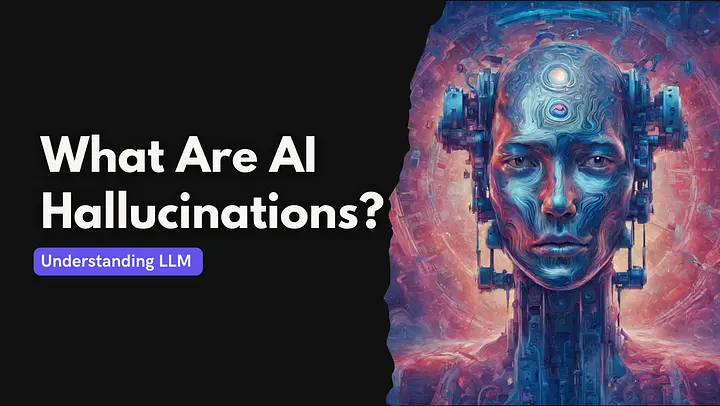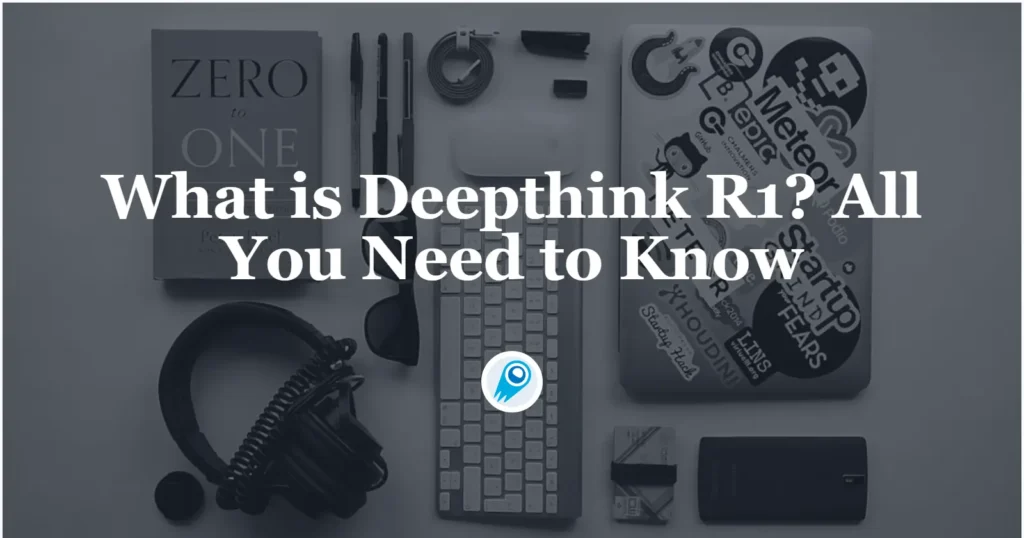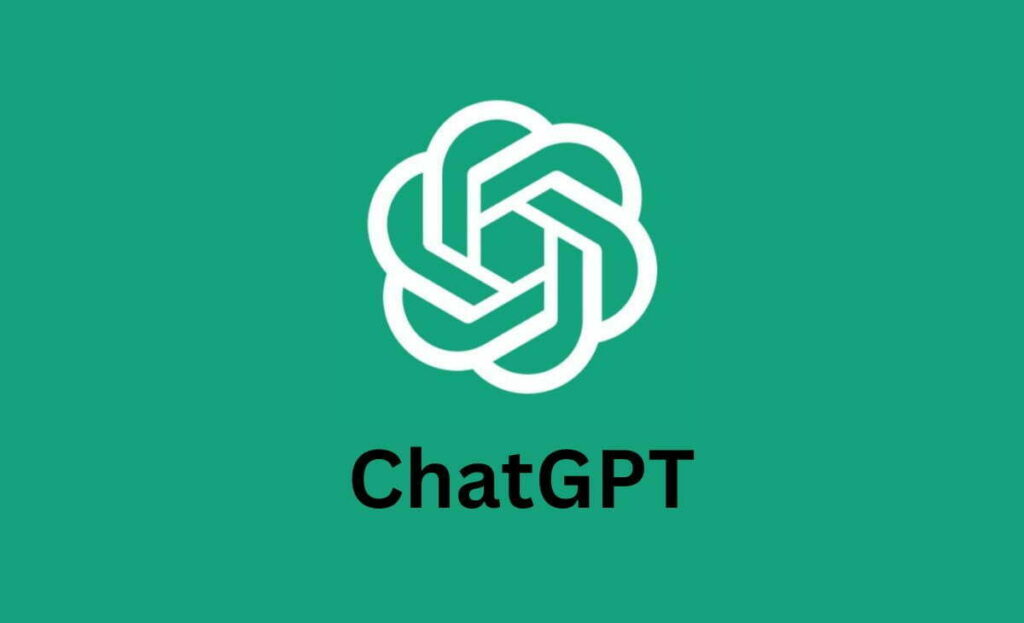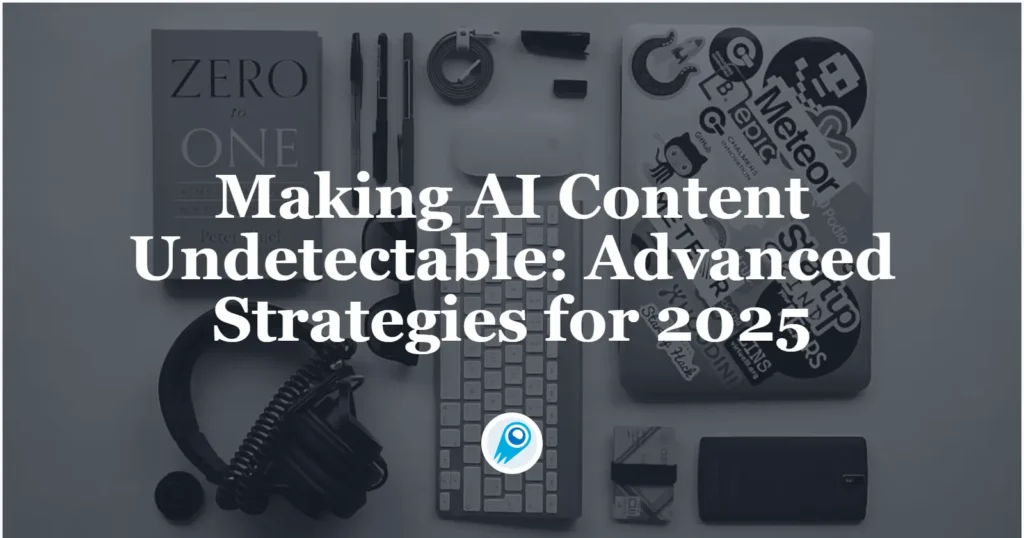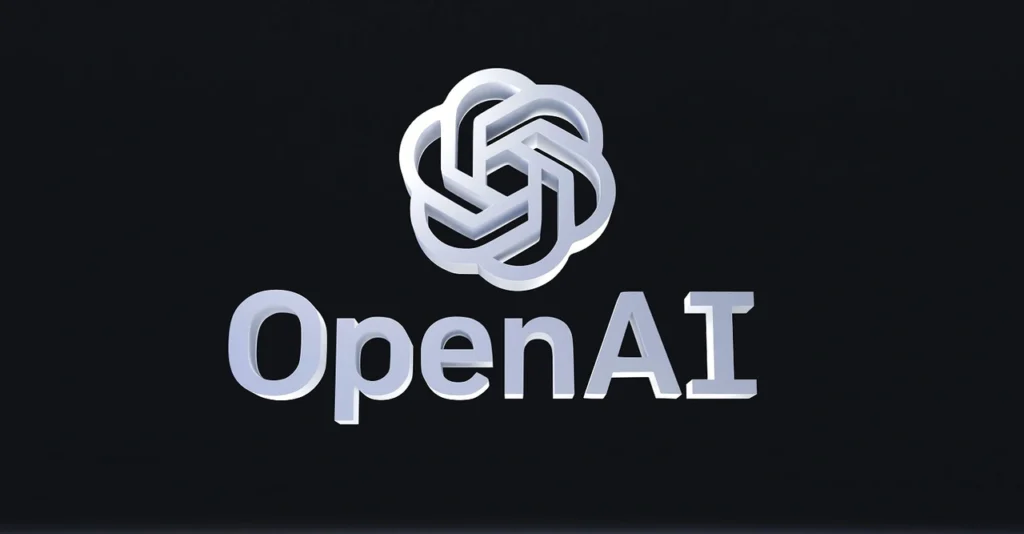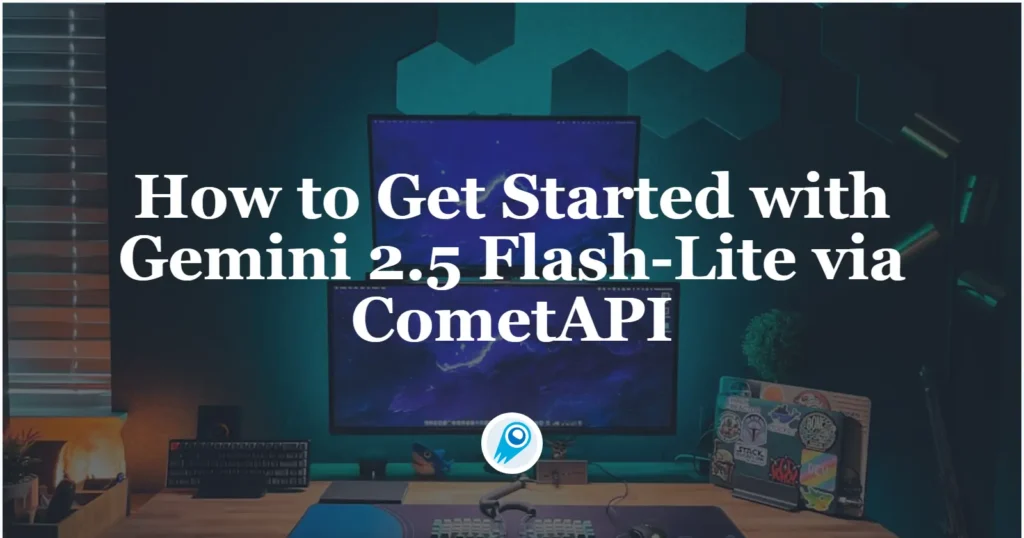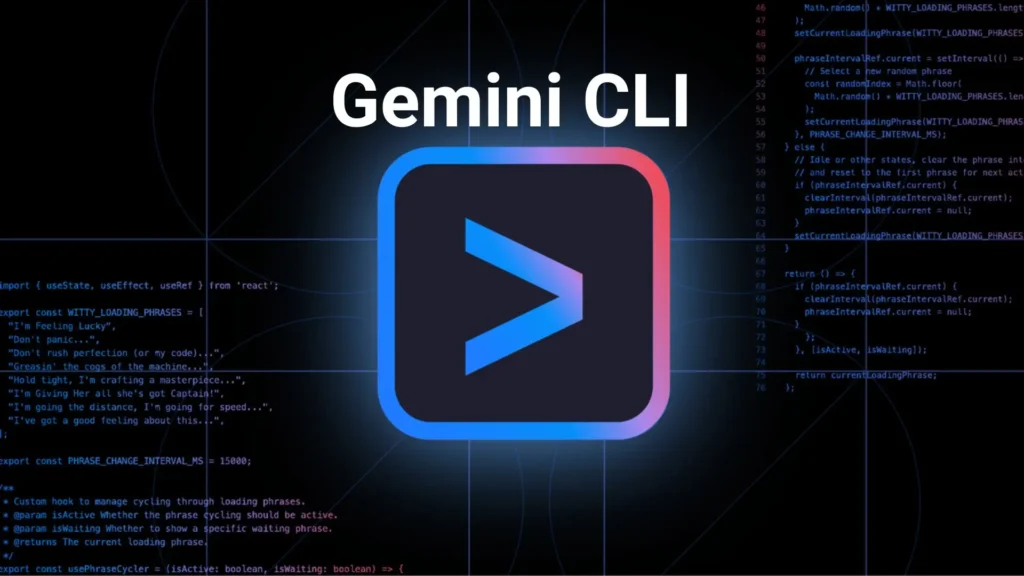In recent months, a growing number of developers and enterprises have asked a common question: Can Anthropic’s Claude models generate new images directly? While Claude has made impressive strides in multimodal understanding—allowing users to upload and analyze images—the ability to natively generate novel visuals remains a point of confusion. What is Claude and what can […]
ChatGPT Shopping — Here’s What is and How to Use!
With the rapid evolution of large language models (LLMs), ChatGPT has moved from a purely conversational AI to a fully capable shopping assistant. Over the past two months, OpenAI has rolled out native in‑chat shopping features—powered by partnerships with Shopify, Visa, and major retailers—allowing users not only to explore and compare products, but to complete […]
What is AI Hallucination?
What Is AI Hallucination? AI hallucination refers to the phenomenon where artificial intelligence models—especially large language models (LLMs) and generative AI systems—produce outputs that are plausible in form but contain false, fabricated, or misleading information. These “hallucinations” can range from the invention of fictitious facts and citations to erroneous interpretations of user queries. While such […]
What is Deepthink R1? All You Need to Know
DeepSeek, a fast-rising Chinese AI firm, recently launched DeepThink R1, an advanced reasoning model built atop its popular R1 series. The model has quickly made headlines—earning comparisons to OpenAI’s top models, dominating benchmarks, and attracting global attention. This article delves into DeepThink R1: what makes it special, how it fits into DeepSeek’s R1 lineage, its […]
Why Can’t i Scroll Down on ChatGPT? Here are the Fixes
ChatGPT has revolutionized conversational AI, but like any complex web application, it sometimes exhibits quirks—among the most vexing is the inability to scroll through long responses. Whether the scrollbar is unresponsive, keyboard navigation fails, or the page simply appears “stuck,” several underlying factors may be at play. Below, we delve into the root causes, offer […]
Making AI Content Undetectable: Advanced Strategies for 2025
In today’s digital landscape, AI-generated content has become increasingly sophisticated, yet the need to create text that appears authentically human remains crucial for many professionals. This comprehensive guide explores cutting-edge techniques to help your AI-generated content bypass detection systems while maintaining ethical boundaries. Why Is AI-Generated Content Detectable in the First Place? To understand how […]
OpenAI Launches Deep Research API and Adds Web Search to o3, o3-Pro, and o4-Mini Models
On June 27, 2025, OpenAI officially opened API access to its Deep Research capabilities—empowering developers to automate complex, multi-step research workflows programmatically. Dubbed the Deep Research API, this new service exposes two purpose-built models—o3-deep-research-2025-06-26 for in-depth synthesis and “higher-quality” output, and the lighter, lower-latency o4-mini-deep-research-2025-06-26—via the standard Chat Completions endpoint. These models build on the […]
Can Claude AI Fill Out Applications for you Directly on Website
Anthropic’s Claude AI has swiftly evolved from a conversational assistant into a powerful agent capable of interacting with digital interfaces as a human would. One of its most groundbreaking capabilities—filling out applications and forms directly on websites—promises to transform how businesses and individuals handle repetitive data-entry tasks. Claude’s Origins and Ethical Foundations Anthropic launched Claude […]
How to Get Started with Gemini 2.5 Flash-Lite via CometAPI
Starting with Gemini 2.5 Flash-Lite via CometAPI is an exciting opportunity to harness one of the most cost-efficient, low-latency generative AI models available today. This guide combines the latest announcements from Google DeepMind, detailed specifications from the Vertex AI documentation, and practical integration steps using CometAPI to help you get up and running quickly and […]
Gemini CLI: Harnessing Google’s AI from Your Terminal – What It Is and How to Use It
Google has officially launched Gemini CLI, an open-source command-line interface that brings the power of its Gemini 2.5 Pro reasoning model directly into developers’ terminals. Available in preview since June 25, 2025, the tool allows users to perform a wide range of AI-driven tasks—from code generation and debugging to content creation, deep research, and even […]

